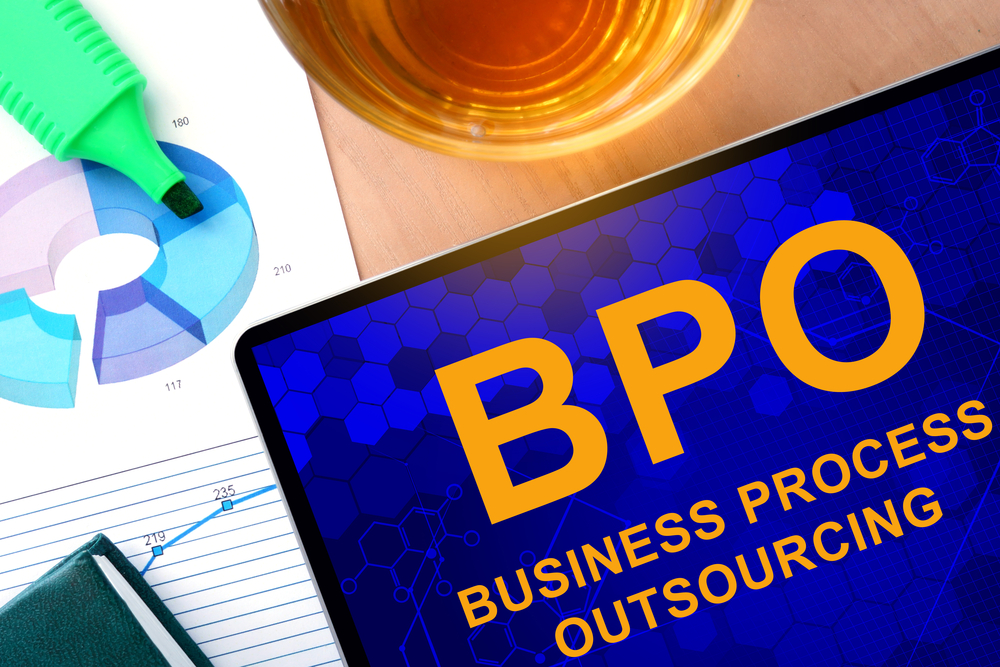How business process outsourcing is evolving to a tech-enabled model driven by robotics [Q&A]

Service-based businesses, like those in healthcare, insurance, commercial real estate and financial services, among others, need to focus on growth and delivering quality customer service. However, back-end financial processes -- from billing and collections to vendor selection and accounting -- are also critical to business health. Firms face challenges in handling these tasks in an efficient, profitable manner. Too often, firms drain internal resources handling activity that doesn’t generate revenue (and in which they don’t specialize). The Business Process Outsourcing (BPO) market combines domain expertise in various fields with the resources and technology capabilities to assess and improve processes.
Xchanging is a business technology and services provider which focuses on delivering technology-enabled process services across finance and accounting, CRM and customer administration, and analytics. I spoke with Sean Allen, Xchanging's Vice President for Business Process Services, about how the BPO market is changing, and the new technology-based elements that are beginning to be incorporated.
BN: How is the BPO market evolving, and what can businesses expect to see from this market in the future?
SA: For years, BPO has enabled cost savings and leaner business management, largely through labor arbitrage (like providing agents to take over the work of firms’ own full-time employees, or FTE). More recently, we’ve seen BPO incorporate technology into this process work -- from analytics and automation to digitization -- and it’s changing the fundamental business-outsourcer relationship. Rather than simply completing tasks more efficiently, businesses now expect BPO partners to provide actionable insights into business strategy. And with this more strategic partnership, we’re seeing more deals move toward a transaction-based model, tied to business outcomes, rather than simply structuring around the volume of outsourced labor.
The bottom line is that BPO providers are more involved as strategic partners than ever before, with technology playing a central role.
BN: In what ways is technology changing the BPO market? Tell me about some of the new technology-based elements of BPO.
SA: BPO providers are incorporating technology into their own operations to deliver more efficient, cost-effective and strategic service. For instance, many now use analytics to better understand transactions they used to simply process, say vendor payment, and identify opportunities for improvement and additional cost savings. Digitization and real-time dashboards also provide businesses with a better picture of their day-to-day performance, directly connected to business goals. More recently, we’ve seen solutions like robotic process automation, or RPA, further streamline business processes through automation.
BN: Define robotic process automation. I’m trying to picture it -- are these metal robots sitting at desks?
SA: RPA is the application of technology that allows employees to configure computer software or a "robot" to capture and interpret existing applications for processing a transaction, manipulating data, triggering responses and communicating with other digital systems. These aren’t robots in the traditional sense, they don’t walk or talk. The term "robotic" emphasizes that they’re more than just enterprise software, though. Think of RPA as a virtual employee, capable of handling structured tasks and administrative work that would take teams of human employees much longer to complete.
BN: What impact is robotic process automation having for BPO providers and, in turn, their customers? Can businesses use it themselves?
SA: When it comes to RPA, BPO providers are driving innovation and passing savings along to businesses. For example, Xchanging used RPA to automate claims processing work for the London insurance market -- a time-consuming, labor intensive process with multiple steps of data validation (a perfect candidate for RPA). The virtual workforce reduced claims processing time from days to hours, cut associated process costs by an average of 30 percent and eliminated the risk of human error, all while providing a 24/7 source of uninterrupted labor.
Businesses may someday explore RPA for themselves, but at this early stage, the time, cost and knowledge barriers are too high. BPO providers, on the other hand, are already trained and accredited in RPA, and can put it into use more cost-effectively.
BN: What’s the best way for a business to engage with a BPO provider? What processes should they be seeking to outsource first, and can RPA be leveraged for all of these processes?
SA: Repeatable processes with structured data, like accounting and financial reporting, are most ripe for outsourcing, especially when you’re looking at automating. Engaging with a BPO provider starts with assessing businesses’ current operations and identifying processes for improvement. In order to leverage RPA, processes must be repeatable and have consistent data. From there, providers will reengineer processes and employee workflow to feed into RPA and ensure seamless operation.
As RPA continues to mature, BPO providers will explore new processes for automation and ways to integrate with analytics and domain knowledge to deliver exponential benefits.
Image Credit: designer491 / Shutterstock